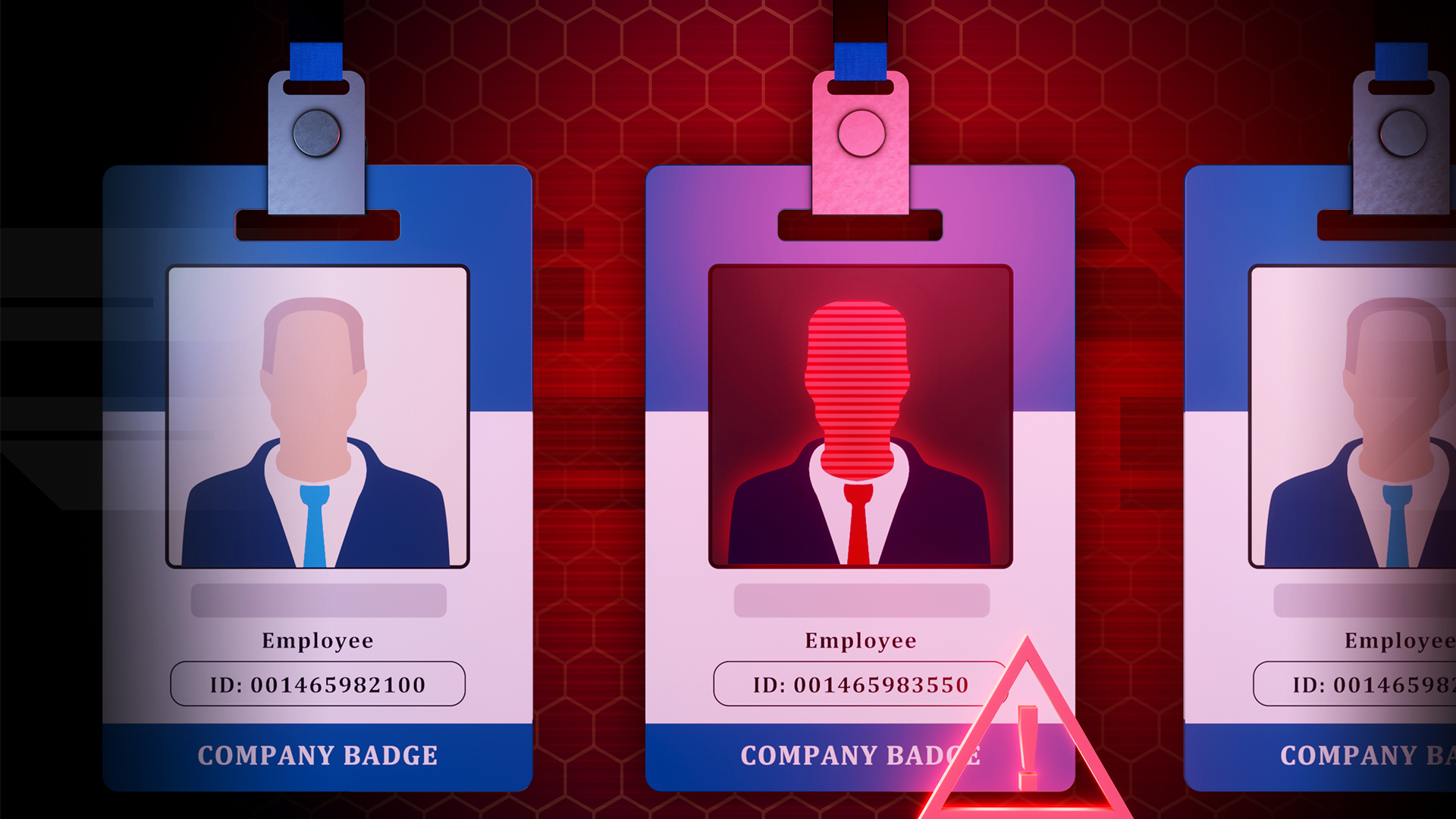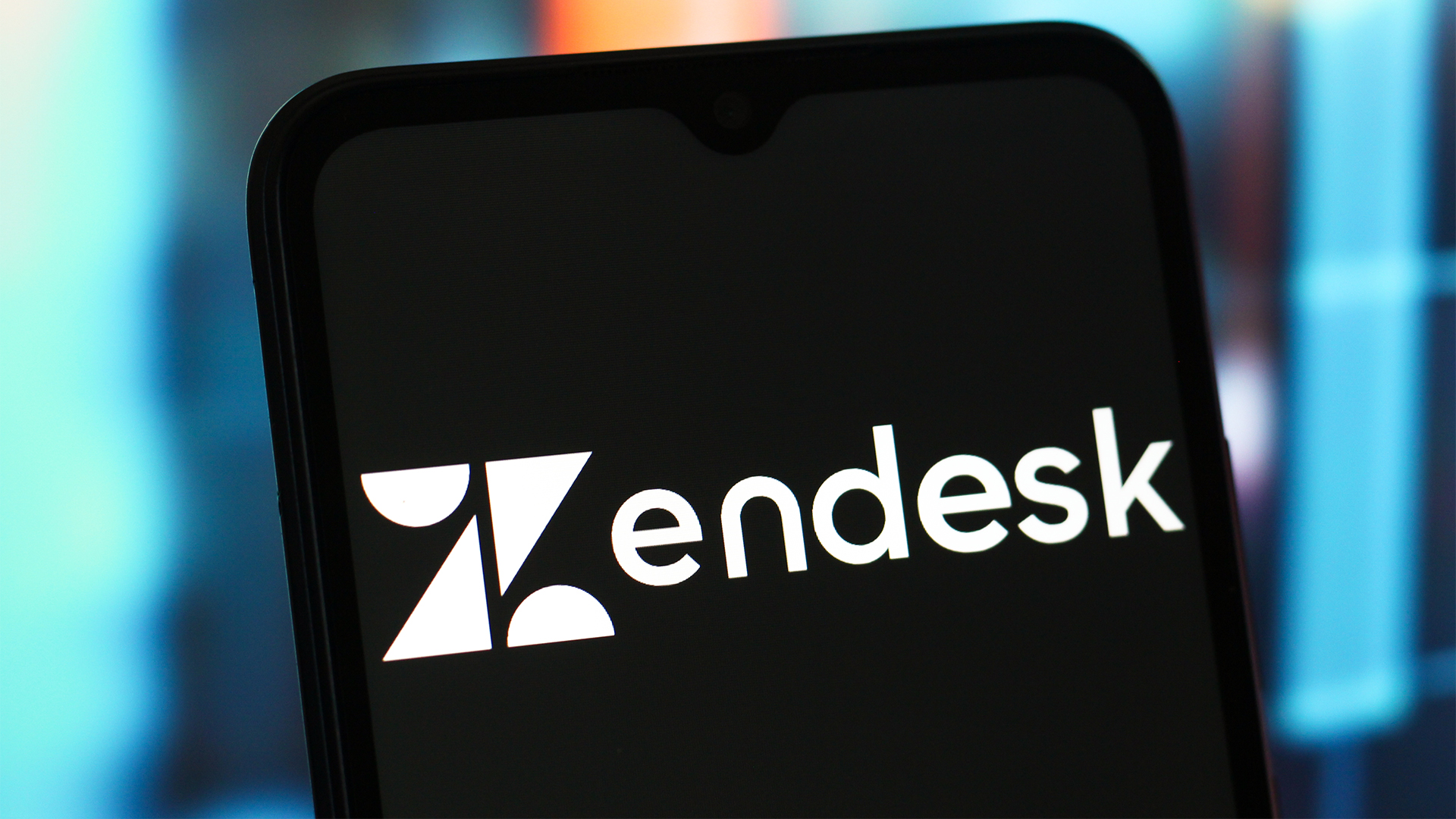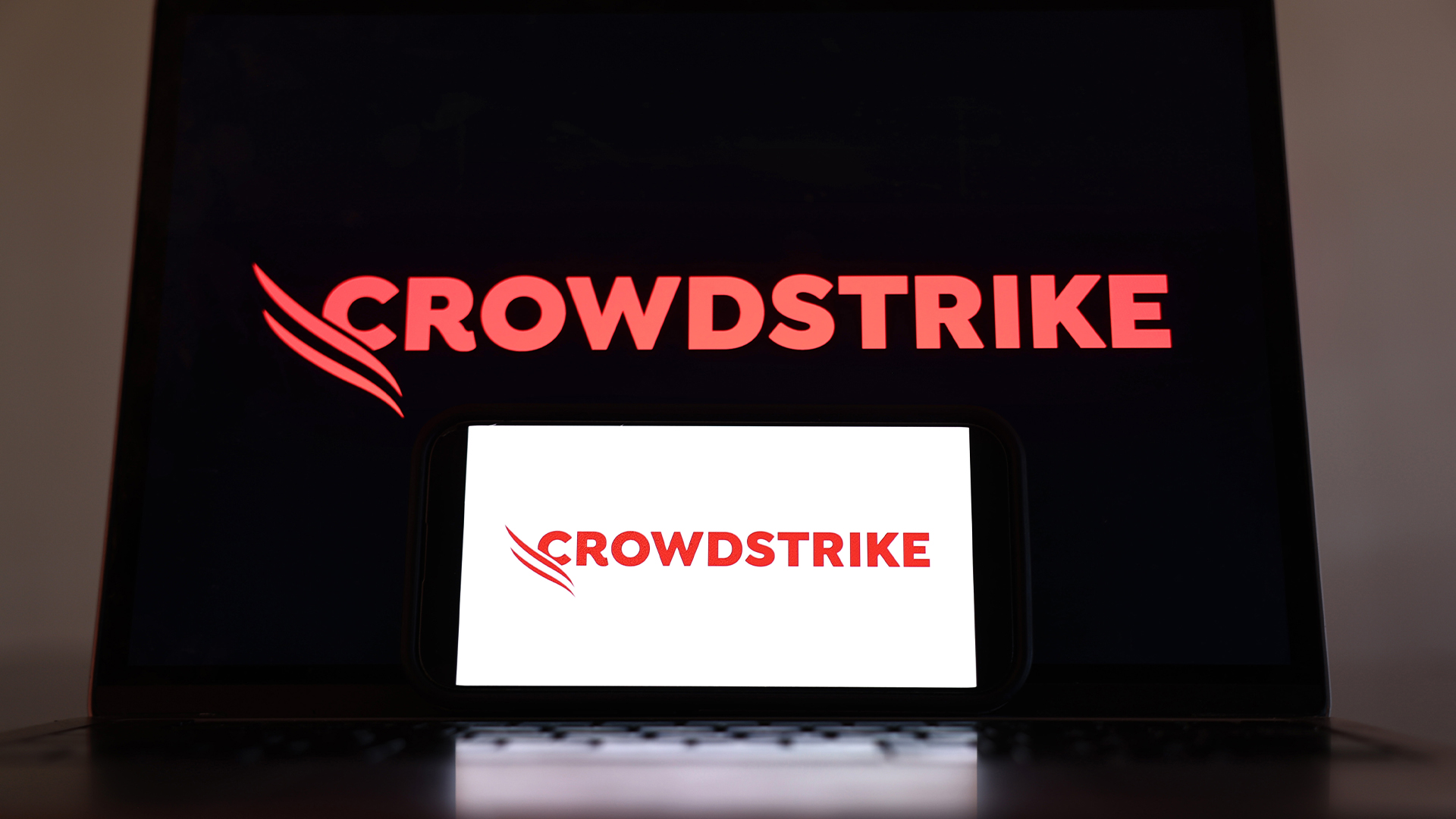AI means cyber teams are rethinking their approach to insider threats
Threat actors are drawing on sophisticated AI tools to ramp up insider threats


Nearly two-thirds of European cybersecurity professionals see insider threats as their biggest security risk – and AI is making things worse.
A new report from Exabeam shows 64% now view insiders, whether malicious or compromised, as a bigger risk than external threat actors.
Notably, a key factor behind this shift in focus is the use of generative AI among cyber criminals, the study found, which is making attacks faster, stealthier, and more difficult to detect.
“Insiders aren’t just people anymore,” said Steve Wilson, chief AI and product officer at Exabeam. “They’re AI agents logging in with valid credentials, spoofing trusted voices, and making moves at machine speed.”
“The question isn’t just who has access — it’s whether you can spot when that access is being abused,” Wilson added.
Over the past year, Exabeam found more than half (53%) of organizations have seen a measurable increase in insider incidents, with 54% saying they expect that growth to continue.
Government organizations are the most concerned about threats of this kind, at 73%, followed by manufacturing (60%) and healthcare at (53%).
Sign up today and you will receive a free copy of our Future Focus 2025 report - the leading guidance on AI, cybersecurity and other IT challenges as per 700+ senior executives
Insider threats aren’t the only worry
Unauthorized use of generative AI isn't helping, according to Exabeam, with 67% of organizations reporting some level of unapproved usage.
Those in technology recorded the highest rates of unauthorized use, at 40%, followed by government at 38% and financial services at 32%.
This leads to all sorts of security risks, with a recent report from Palo Alto Networks finding that data loss prevention incidents related to generative AI more than doubled in early 2025 - with 10% of these classified as high risk.
While 88% of organizations told Exabeam that they have insider threat programs, only 44% are using user and entity behavioral analytics, with many continuing to rely on identity and access management (IAM) tools, security training, data loss prevention (DLP) software, and endpoint detection and response (EDR).
These tools, Exabeam said, provide visibility but not the crucial behavioral context necessary to spot subtle or emerging risks.
Virtually all organizations are using some form of AI in their insider threat tooling, yet governance and operational readiness lag far behind.
Similarly, while more than half of executives believe their AI tools are fully deployed, managers and analysts think differently, saying many are still in the pilot or evaluation stages.
“AI has added a layer of speed and subtlety to insider activity that traditional defenses weren’t built to detect,” said Kevin Kirkwood, CISO, Exabeam.
“Security teams are deploying AI to detect these evolving threats, but without strong governance or clear oversight, it’s a race they’re struggling to win. This paradigm shift requires a fundamentally new approach to insider threat defense.”
Make sure to follow ITPro on Google News to keep tabs on all our latest news, analysis, and reviews.
MORE FROM ITPRO
Emma Woollacott is a freelance journalist writing for publications including the BBC, Private Eye, Forbes, Raconteur and specialist technology titles.
-
 Alteryx names former Salesforce, Oracle strategist as new global technology alliances lead
Alteryx names former Salesforce, Oracle strategist as new global technology alliances leadNews The former Salesforce and Oracle leader will spearhead Alteryx’s partner strategy as the vendor targets deeper ecosystem collaboration
-
 Microsoft launches Fara-7B, a new 'agentic' small language model that lives on your PC
Microsoft launches Fara-7B, a new 'agentic' small language model that lives on your PCNews The new Fara-7B model is designed to takeover your mouse and keyboard
-
 The Scattered Lapsus$ Hunters group is targeting Zendesk customers – here’s what you need to know
The Scattered Lapsus$ Hunters group is targeting Zendesk customers – here’s what you need to knowNews The group appears to be infecting support and help-desk personnel with remote access trojans and other forms of malware
-
 Impact of Asahi cyber attack laid bare as company confirms 1.5 million customers exposed
Impact of Asahi cyber attack laid bare as company confirms 1.5 million customers exposedNews No ransom has been paid, said president and group CEO Atsushi Katsuki, and the company is restoring its systems
-
 If you're not taking insider threats seriously, then the CrowdStrike incident should be a big wake up call
If you're not taking insider threats seriously, then the CrowdStrike incident should be a big wake up callNews CrowdStrike has admitted an insider took screenshots of systems and shared them with hackers, and experts say it should serve as a wake up call for enterprises globally.
-
 Shai-Hulud malware is back with a vengeance and has hit more than 19,000 GitHub repositories so far — here's what developers need to know
Shai-Hulud malware is back with a vengeance and has hit more than 19,000 GitHub repositories so far — here's what developers need to knowNews The malware has compromised more than 700 widely-used npm packages, and is spreading fast
-
 Security experts claim the CVE Program isn’t up to scratch anymore — inaccurate scores and lengthy delays mean the system needs updated
Security experts claim the CVE Program isn’t up to scratch anymore — inaccurate scores and lengthy delays mean the system needs updatedNews CVE data is vital in combating emerging threats, yet inaccurate ratings and lengthy wait times are placing enterprises at risk
-
 The US, UK, and Australia just imposed sanctions on a Russian cyber crime group – 'we are exposing their dark networks and going after those responsible'
The US, UK, and Australia just imposed sanctions on a Russian cyber crime group – 'we are exposing their dark networks and going after those responsible'News Media Land offers 'bulletproof' hosting services used for ransomware and DDoS attacks around the world
-
 Thousands of ASUS routers are being hijacked in a state-sponsored cyber espionage campaign
Thousands of ASUS routers are being hijacked in a state-sponsored cyber espionage campaignNews Researchers believe that Operation WrtHug is being carried out by Chinese state-sponsored hackers
-
 IBM AIX users urged to patch immediately as researchers sound alarm on critical flaws
IBM AIX users urged to patch immediately as researchers sound alarm on critical flawsNews Network administrators should patch the four IBM AIX flaws as soon as possible
